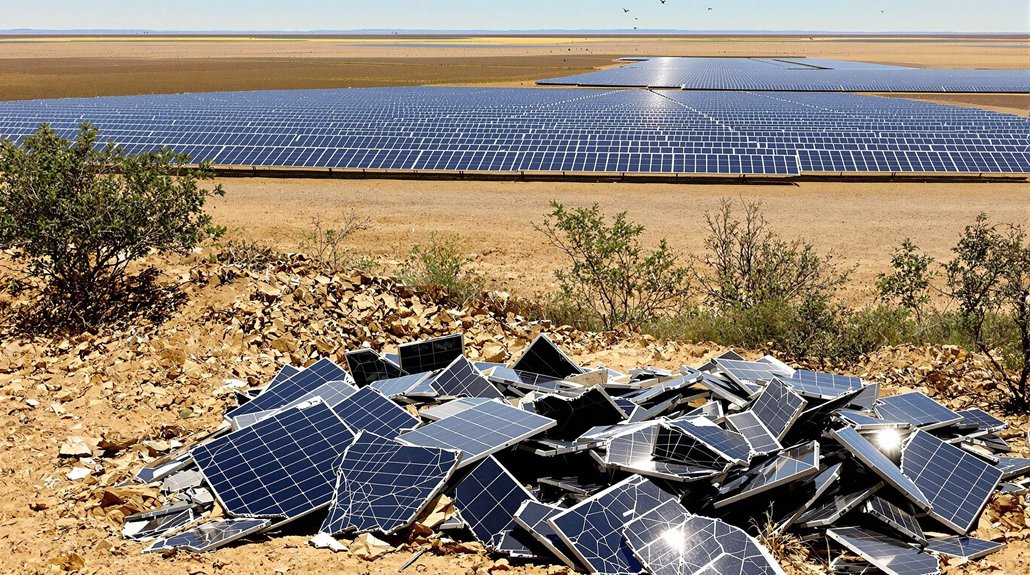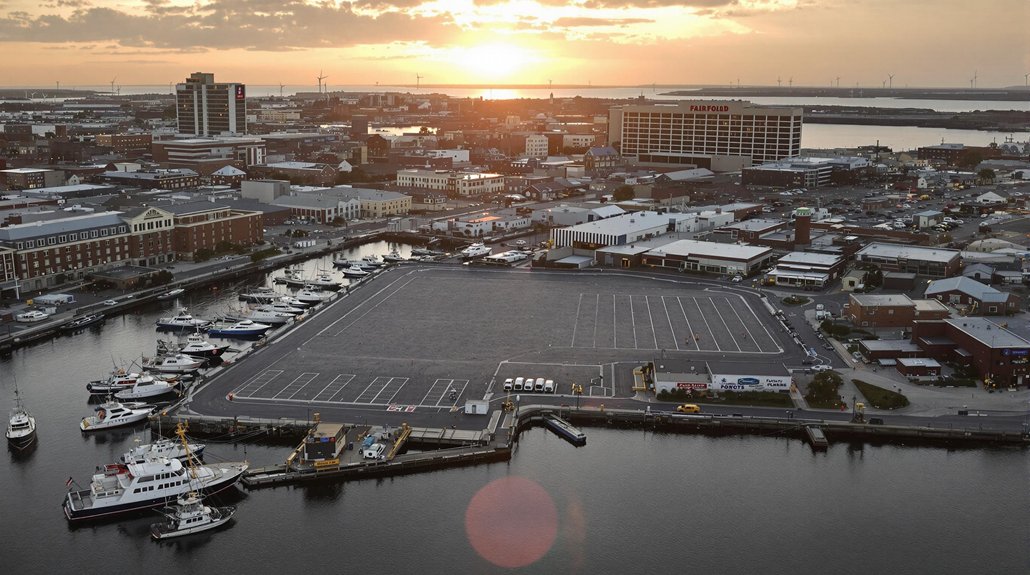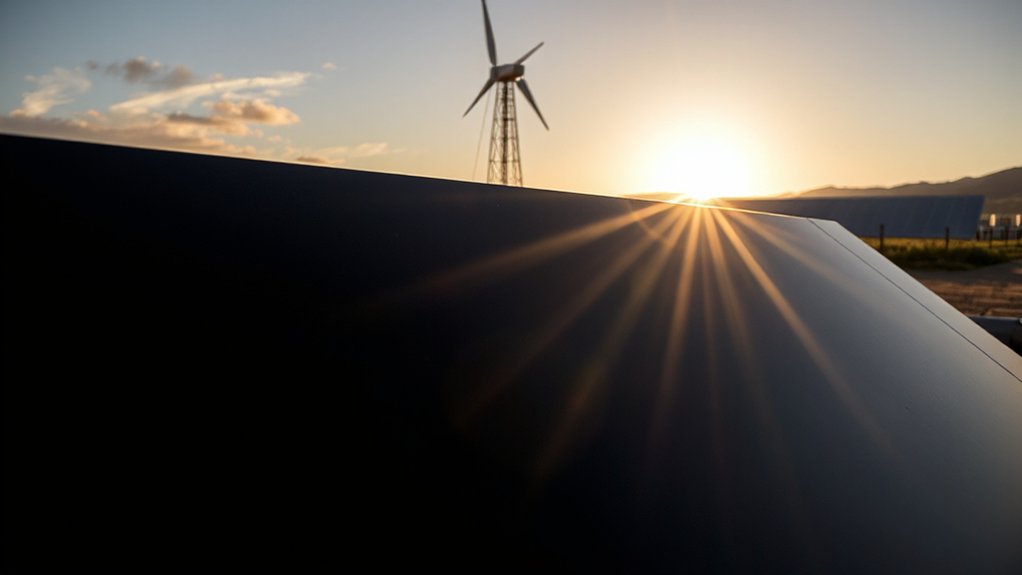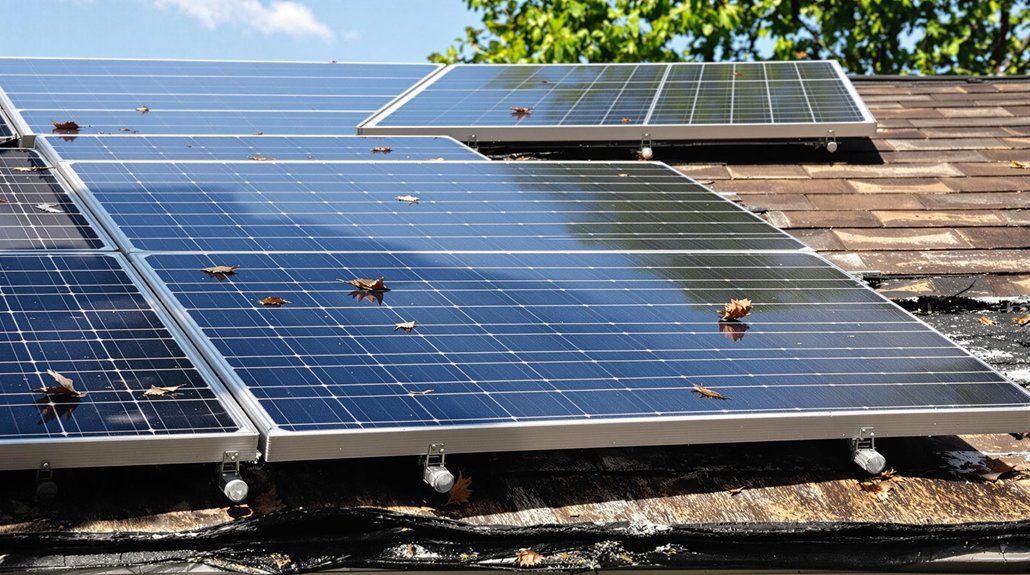Solar energy’s green reputation hides serious environmental costs. Panels require massive land use, fragment habitats, and consume surprising amounts of water. They contain toxic materials like lead and cadmium, creating future waste problems with inadequate recycling solutions. Manufacturing relies on fossil fuels and dirty mining operations. Most panels take years to offset their own carbon footprint. Local communities face landscape industrialization and glare issues. The clean energy solution isn’t as clean as advertised.
While solar energy is often hailed as a clean alternative to fossil fuels, its environmental impacts deserve a hard look. The industry has a few skeletons in its closet that don’t make it into the glossy brochures.
For starters, solar farms are land hogs. They gobble up between 3.5 and 16.5 acres per megawatt of capacity. That’s a lot of real estate. Wildlife habitats get fragmented, ecosystems disrupted, and sometimes perfectly good farmland gets covered in glass and metal instead of growing food. Yeah, not so green after all. Solar installations compete with biodiversity preservation, creating yet another environmental trade-off common to all renewable resources.
Water usage is another dirty secret. Those fancy concentrating solar plants? They’re thirsty beasts in already parched regions. Chemical spills happen too. Contaminated groundwater doesn’t exactly scream “environmentally friendly.” Regular photovoltaic panels use less water, but they’re not saints either.
Solar’s thirst problem: guzzling water in deserts and risking toxic spills while pretending to wear a green halo.
Let’s talk toxicity. Solar panels contain nasty stuff like lead and cadmium. Manufacturing them requires chemicals that would make your skin crawl. When panels die after 25-30 years, they become waste. By 2050, America’s looking at 10 million tons of solar panel garbage. Current recycling infrastructure? Laughably inadequate.
Making panels isn’t clean either. The manufacturing process burns through fossil fuels like nobody’s business. Most panels take years just to offset the carbon footprint of their own creation. Mining for materials tears up landscapes and pollutes watersheds. Those rare earth elements? There’s nothing sustainable about how we get them. Most manufacturing relies heavily on coal-powered facilities, particularly in China where many solar panels are produced.
Visual pollution is real too. Solar farms transform rural landscapes into industrial zones. The glare can drive neighbors crazy. No wonder locals often fight these projects tooth and nail.
The industry talks a big game about sustainability, but the recycling challenges ahead are massive. We’re creating tomorrow’s waste crisis today. Solar energy isn’t evil – it’s still better than coal – but let’s drop the halo act. Despite these concerns, solar energy still helps reduce greenhouse gas emissions compared to fossil fuel alternatives. Every energy source has costs. Solar’s are just hidden behind a green curtain.








